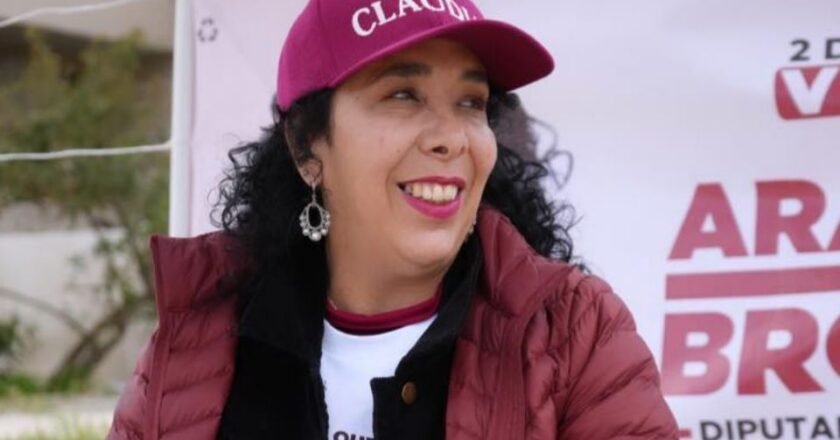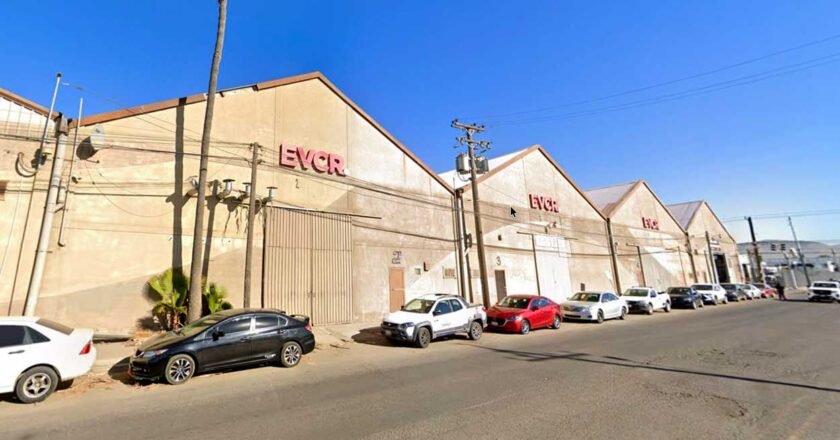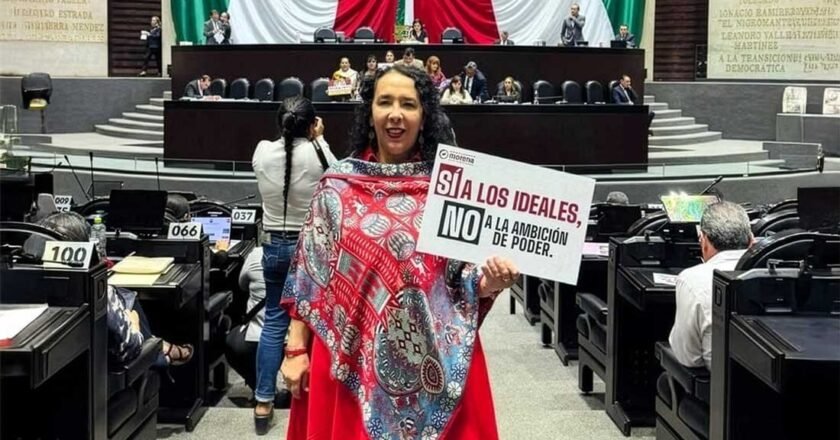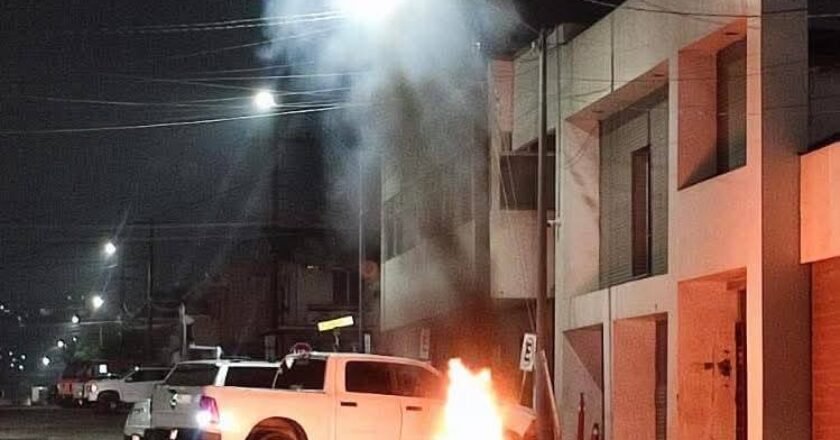The Baja 1000 is coming home. After years of debate and environmental hurdles, Ensenada’s mayor Claudia Agatón Muñiz has officially …


The Baja 1000 is coming home. After years of debate and environmental hurdles, Ensenada’s mayor Claudia Agatón Muñiz has officially …

If you’ve lived in Tijuana long enough, you’ve probably heard it. Someone mentions downtown, and suddenly the conversation turns into …

Well folks, looks like Baja’s rolling up its sleeves again — this time to take a serious swing at a …

Mexico’s political world has seen its share of storms, but few hit as suddenly as the one surrounding Hilda Araceli …

They used to say: “LA-based. Ensenada made.” That was the tagline for EVCR—Evolution & Creation—the activewear brand that insisted its …

Hilda Araceli Brown has decided that the best defense is standing still. The former Rosarito mayor, now sitting comfortably in …

Some nights in Baja California, the sirens are just background noise—an unholy lullaby. But on September 20, that lullaby turned …

Washington woke up with a list and Rosarito’s former mayor was on it. The U.S. Treasury’s Office of Foreign Assets …

The Baja California Congress has had enough of the territorial tug-of-war between Ensenada and Playas de Rosarito. Lawmakers have once …

We pride ourselves on bringing you No Bad News. That’s the deal. But some truths demand an exception. Today, we …